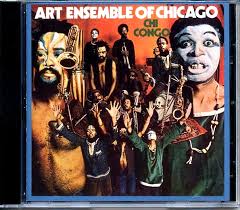While re-reading May Sarton’s At Seventy: A Journal, I recalled reading this essay about the book, by Jeffrey Levine, in June. I first read At Seventy when I was, I think, 40 years old…I recommended it to my mother-in-law, who–like Sarton–lived alone and loved to garden. I now recognize in Sarton’s journal aspects of life and aging and creativity that I had not thought much of when I was younger–at 40, I felt envious of her freedom as a single woman. I was raising young teens, managing a busy household, working on a master’s degree, feeling I had no time to myself.
One thing that interests me about Sarton is her decision to keep journals intended for publication, beginning I think with her journal about recovering from cancer, though she had written at least one memoir before that journal.
Another poet who wrote journals intended for publication was the Japanese writer Masaoka Shiki. Perhaps his most famous diary (in the West, at least) is “The Verse Record of My Peonies,” thanks to a translation by Earl Miner. Shiki kept writing haiku and haibun, as well as reviews, for the newspaper even as he was slowly dying of tuberculosis. His journal entries (there are others) were intended for readers.
My journals (and I have kept one ever since I was ten and read Harriet the Spy), however, would not make good reading; I would be embarrassed if they were published, especially unedited and unrevised, and no one would feel inspired, delighted, or edified by them. The concept of writing a daily journal intended to be read seems either brave or a bit dishonest, like a persona. Then again–many early weblogs were exactly that: daily public journals read by whatever online audience stumbled upon them. And perhaps this blog acts as my public journal, mostly about what I read, what’s in the garden, and what I’m teaching. Those pursuits, made public, do not mask who I am. They are the things I choose to reveal.
I don’t know if that’s different from a social media persona. But here’s a sleeping cat to look at while I ponder.



